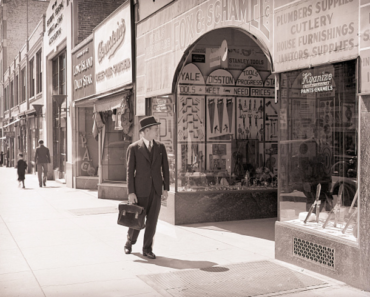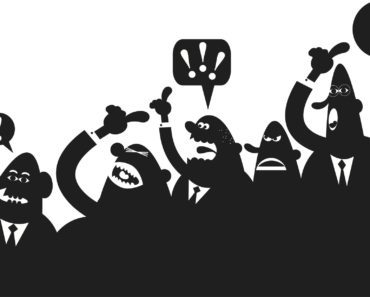When we think of the dark web, we think of illicit drug rings and hitmen. But there are other dark forces at work on the internet — and they exist behind the scenes on many of the sites we know and trust.
They’re called “dark patterns,” a phrase coined by designer Harry Brignell for user interfaces “carefully crafted to trick users into doing things.”
AKA those little boxes you have to uncheck when you buy pretty much anything online, so you don’t get marketing emails from Plungers Quarterly for the next 40 years.
According to Brignell, there are 14 types of trickery, including:
- Forced continuity — That monthly Hulu charge that popped up on your credit card statement after your trial ended that you still haven’t gotten around to canceling.
- Friend spam — Every damn time you log into LinkedIn, and it asks to message all of your email contacts for you.
- Privacy Zuckering — Named after the Zuckboy himself, and the way certain Facebook plugins trick you into sharing more personal information than intended.
- Sneak into the Basket — You’re trying to book a flight, and somehow you ended up with “trip insurance” and a “select snack box” in your cart at checkout.
These tactics are the antithesis of ethical design (i.e. updating users on product changes, or allowing them to easily correct errors) — all in the name of selling a few extra snack boxes.
The post The “dark patterns” that influence our decisions on the web appeared first on The Hustle.
(via The Hustle)





